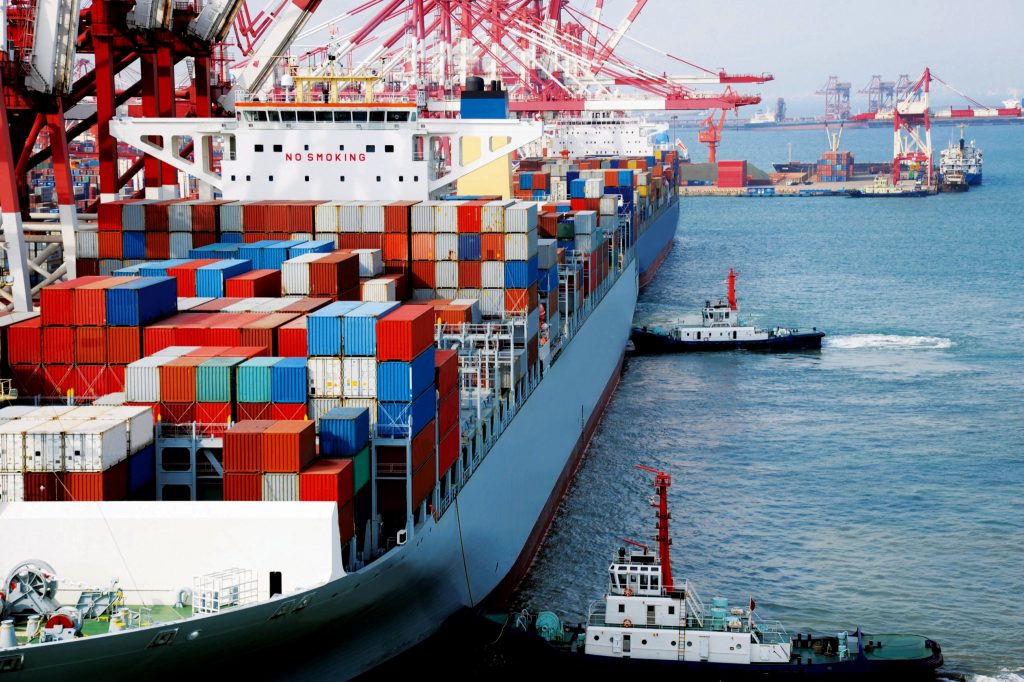New alliances, structural changes, and positive economic trends have transformed the container shipping market over the past year, driving growth and pushing business performance figures from deep red into black, according to Xeneta, a global bench-marking and market intelligence platform for analysis on containerised ocean freight. Their analysis says that the recovery of the container segment is well under way.
However, despite long-term rates that are, in some cases, up 120% year-on-year, the future remains uncertain due to a looming shadow on the horizon.
Patrik Berglund, CEO of Xenata said that 2017 is shaping up to be a stable year, in the wake of 2016 that saw the collapse of Hanjin and top 20 market players posting combined net losses of $5bn.
He said: Maersks recent 2017 Q2 financial report provides an interesting snapshot of the industry. Higher freight rates propelled revenues upwards by 8.4% to almost $10bn for the quarter. Meanwhile, reports suggest that Hapag-Lloyd will triple its earnings this year.
Rates have jumped since their historical lows last year. For the Chinese main port to Northern Europe route last May, the three-month rolling average for long-term rates for a 40-foot container stood at $655.”
He added: This May (2017) it was $1438, an increase of 120%, and the same average is now up at $1618. Meanwhile we see US containerised ports are busier than ever, handling a projected 1.75 million TEU this month alone, the most on record. This comes despite the uncertainty caused by President Trumps America First doctrine and his withdrawal from initiatives like the Trans-Pacific Partnership. US container imports actually seem to be growing.”
Xeneta CEO pointed out that strong consumer demand, the restructuring of industry alliances 90% of all container ship traffic is now accounted for by three major alliances, The Alliance, Ocean and 2M, and Hanjins demise all help push up utilisation and rates, Berglund says, but there remains uncertainty. He pointed to one huge issue the increase in mega-ship capacity.
“A staggering 78 new mega-ships are due to come online for the Asia-Europe trades over the next two years, pushing capacity up by over 23%.
Berglund said that all stakeholders in the container shipping supply chain need to pay close attention to the market to stay ahead of developments and get the best rates for their assets, services and cargoes.

